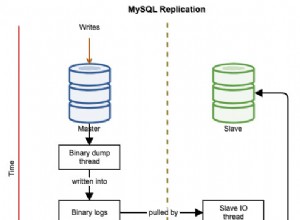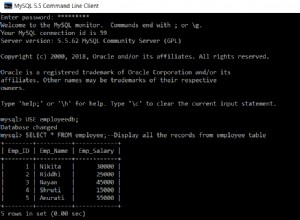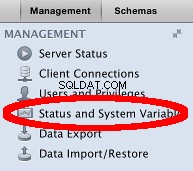Penso che questo farà il trucco:
WITH EVENTS AS (SELECT 'abc' usr, to_date('2016-01-01 08:00:00', 'yyyy-mm-dd hh24:mi:ss') event_ts, 'login' event_type FROM dual UNION ALL
SELECT 'abc' usr, to_date('2016-01-01 08:25:00', 'yyyy-mm-dd hh24:mi:ss') event_ts, 'Stuff' event_type FROM dual UNION ALL
SELECT 'abc' usr, to_date('2016-01-01 10:00:00', 'yyyy-mm-dd hh24:mi:ss') event_ts, 'Stuff' event_type FROM dual UNION ALL
SELECT 'abc' usr, to_date('2016-01-01 14:00:00', 'yyyy-mm-dd hh24:mi:ss') event_ts, 'login' event_type FROM dual UNION ALL
SELECT 'xyz' usr, to_date('2015-12-31 18:00:00', 'yyyy-mm-dd hh24:mi:ss') event_ts, 'login' event_type FROM dual UNION ALL
SELECT 'xyz' usr, to_date('2016-01-01 08:00:00', 'yyyy-mm-dd hh24:mi:ss') event_ts, 'Logout' event_type FROM dual UNION ALL
SELECT 'def' usr, to_date('2016-01-01 08:00:00', 'yyyy-mm-dd hh24:mi:ss') event_ts, 'Logout' event_type FROM dual UNION ALL
SELECT 'def' usr, to_date('2016-01-01 08:15:00', 'yyyy-mm-dd hh24:mi:ss') event_ts, 'Logout' event_type FROM dual)
SELECT usr,
event_ts,
event_type,
SUM(counter) OVER (PARTITION BY usr ORDER BY event_ts) session_id
FROM (SELECT usr,
event_ts,
event_type,
CASE WHEN LAG(event_type, 1, 'Logout') OVER (PARTITION BY usr ORDER BY event_ts) = 'Logout' THEN 1
WHEN event_type = 'Logout' THEN 0
WHEN event_ts - LAG(event_ts) OVER (PARTITION BY usr ORDER BY event_ts) > 1/24 THEN 1
WHEN event_type = 'login' THEN 1
ELSE 0
END counter
FROM EVENTS);
USR EVENT_TS EVENT_TYPE SESSION_ID
--- ------------------- ---------- ----------
abc 2016-01-01 08:00:00 login 1
abc 2016-01-01 08:25:00 Stuff 1
abc 2016-01-01 10:00:00 Stuff 2
abc 2016-01-01 14:00:00 login 3
def 2016-01-01 08:00:00 Logout 1
def 2016-01-01 08:15:00 Logout 2
xyz 2015-12-31 18:00:00 login 1
xyz 2016-01-01 08:00:00 Logout 1
Questa soluzione si basa sul cortocircuito logico che si verifica nell'espressione CASE e sul fatto che il tipo_evento non è nullo. Presuppone inoltre che più disconnessioni di fila vengano conteggiate come sessioni separate:
- Se la riga precedente era una riga di logout (e se non esiste una riga precedente, ovvero per la prima riga del set, trattala come se fosse presente una riga di logout), vogliamo aumentare il contatore di uno. (I logout terminano la sessione, quindi abbiamo sempre una nuova sessione dopo un logout.)
- Se la riga corrente è un logout, la sessione esistente termina. Pertanto, il contatore non deve essere aumentato.
- Se il tempo della riga corrente è maggiore di un'ora dalla riga precedente, aumenta il contatore di uno.
- Se la riga corrente è una riga di accesso, allora è una nuova sessione, quindi aumenta il contatore di uno.
- Per ogni altro caso non aumentiamo il contatore.
Una volta fatto, si tratta solo di fare un totale parziale sul bancone.




